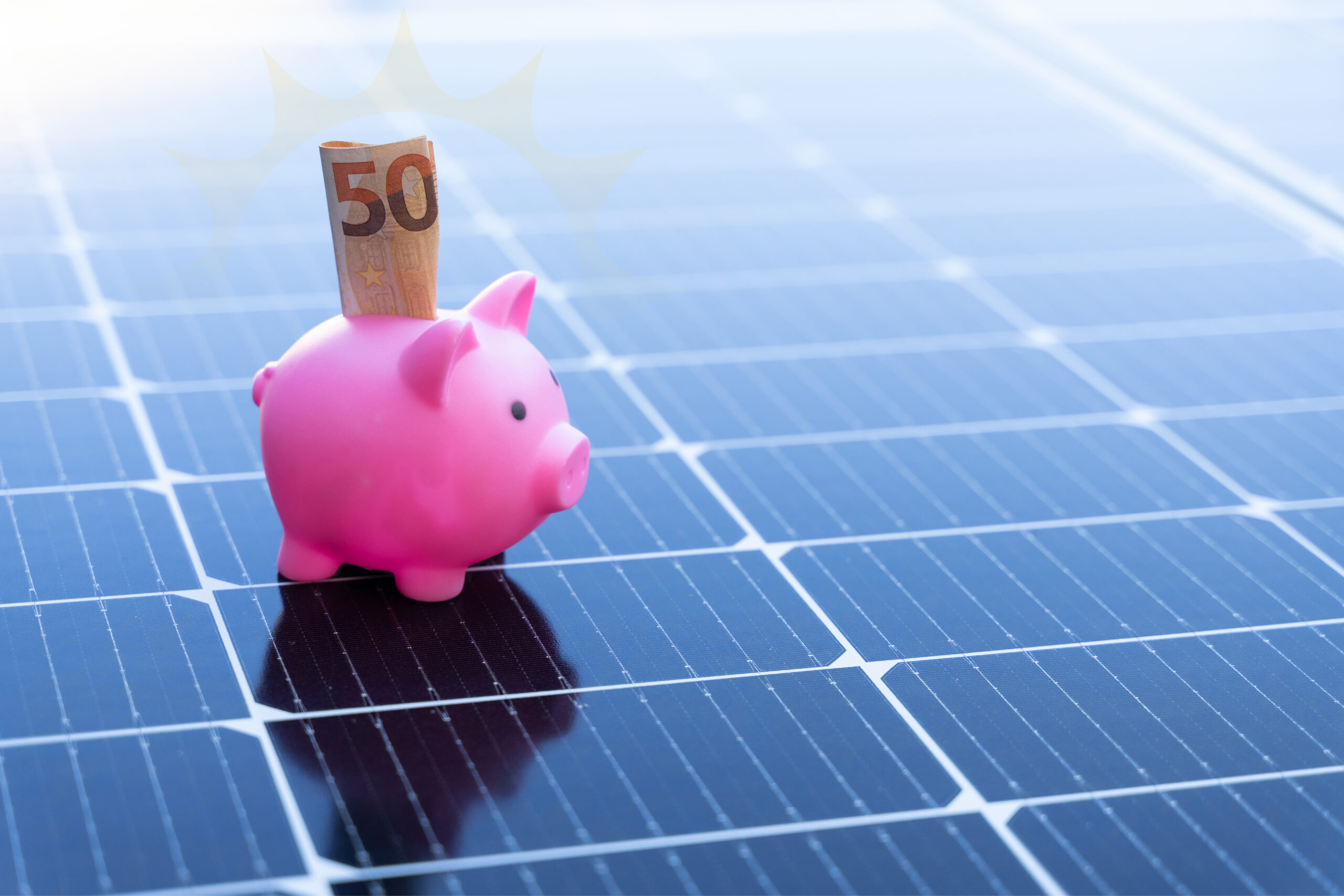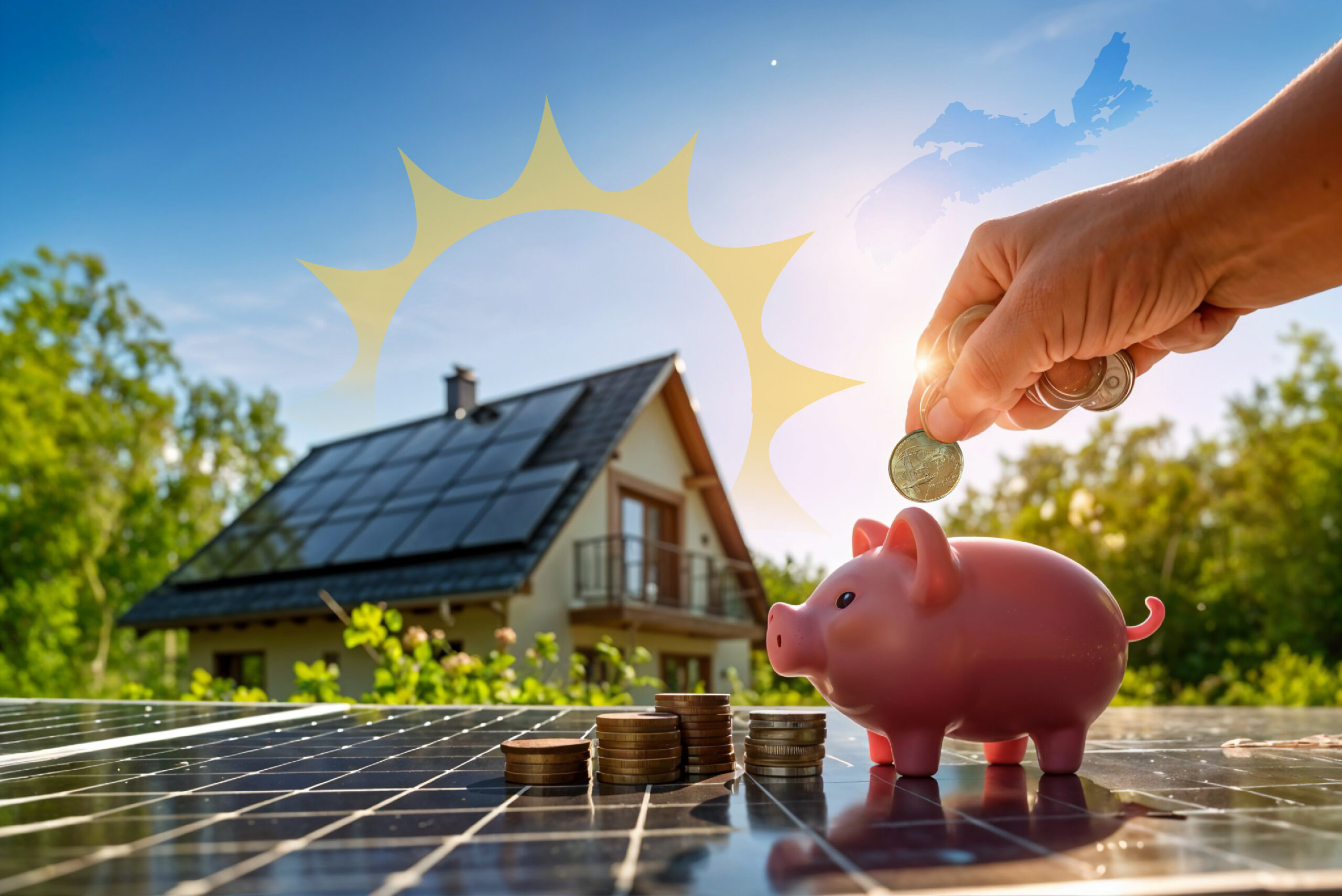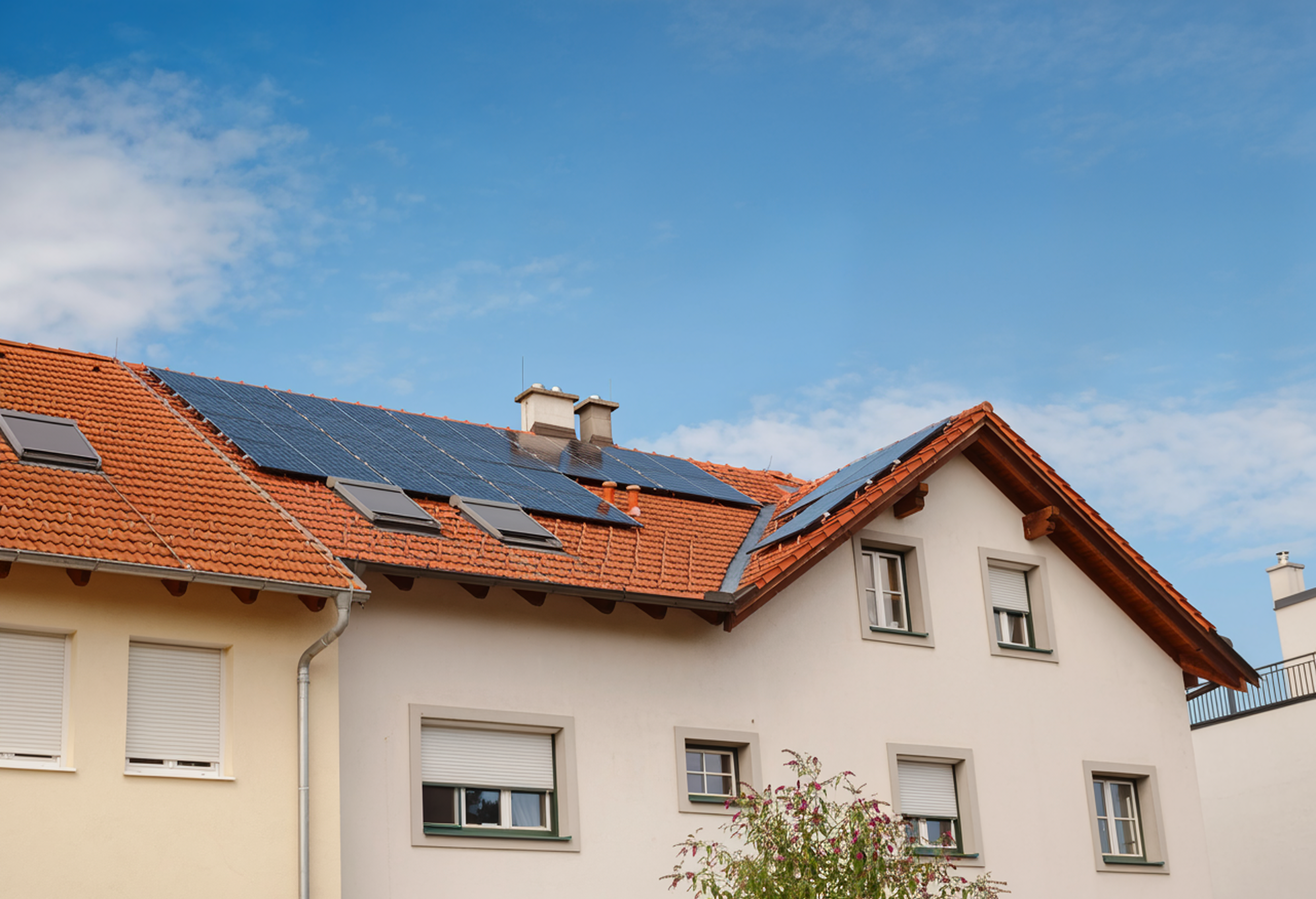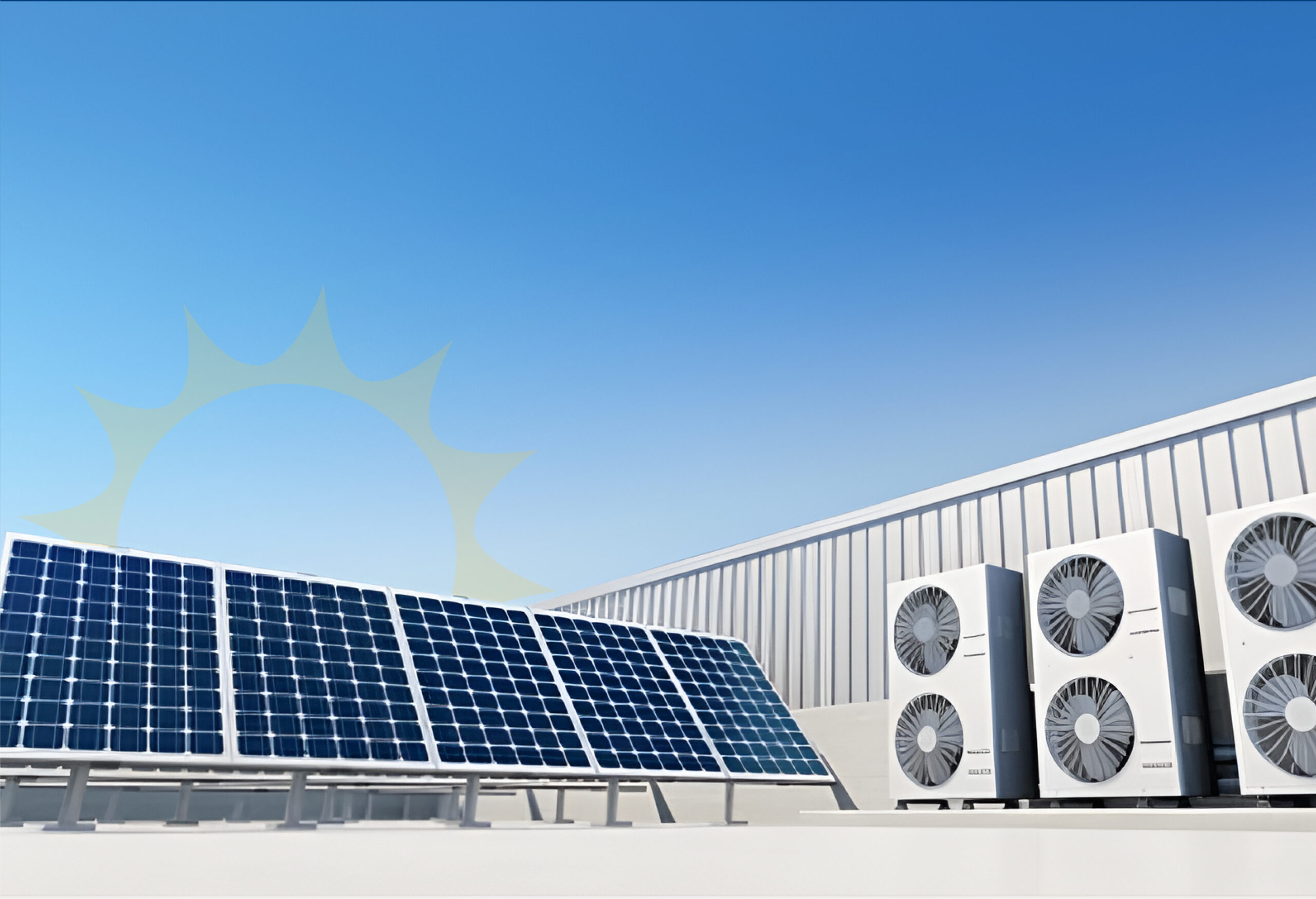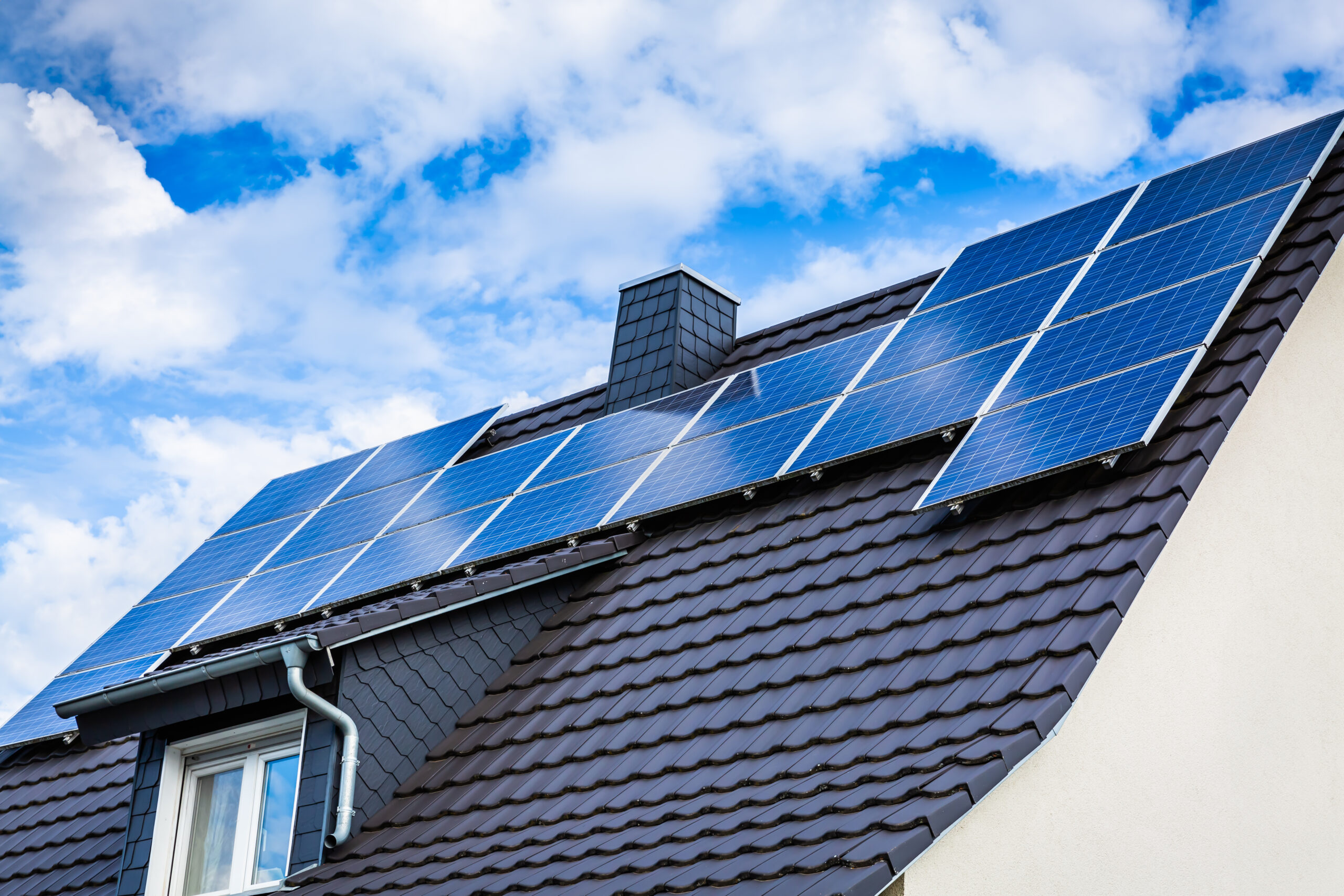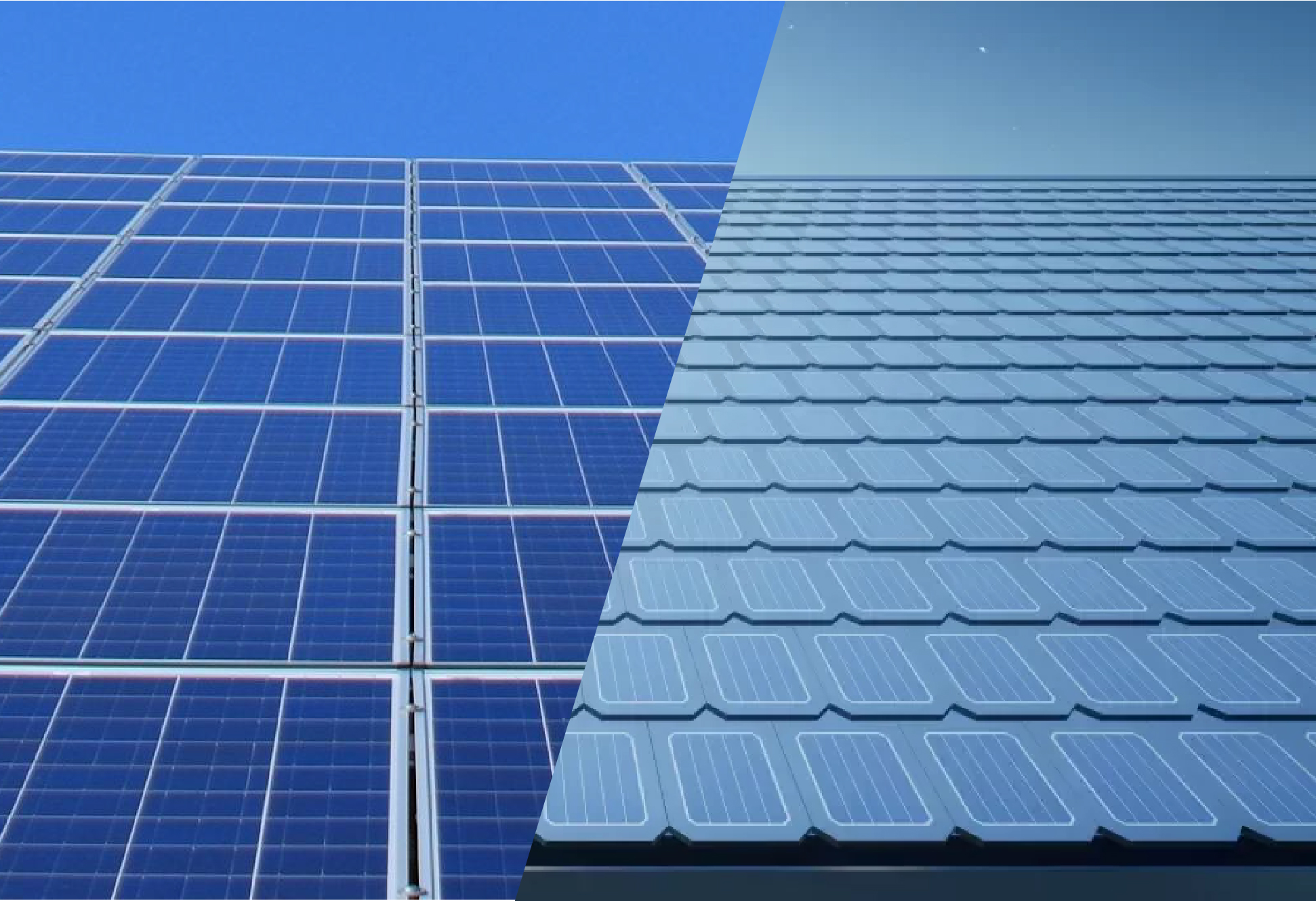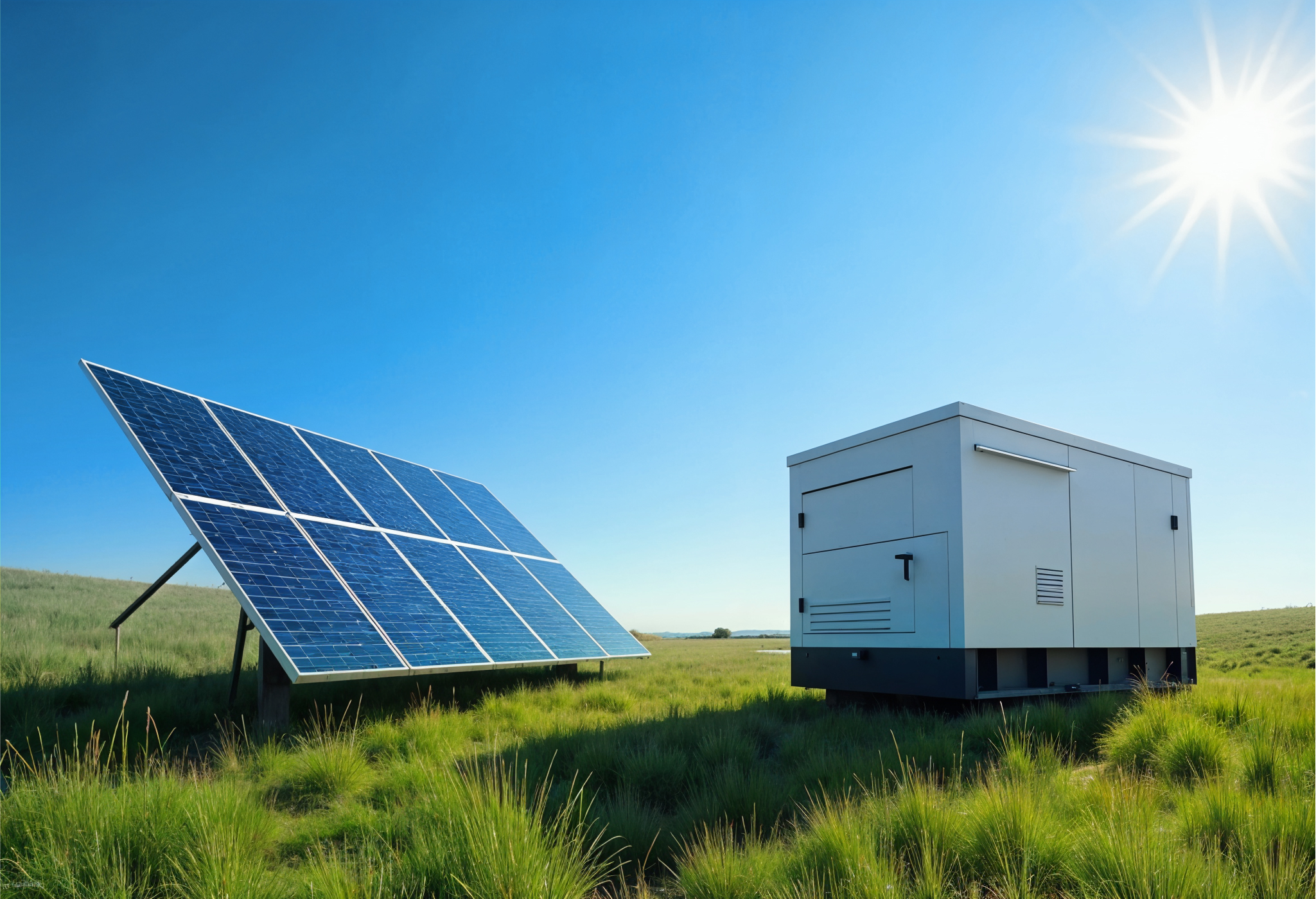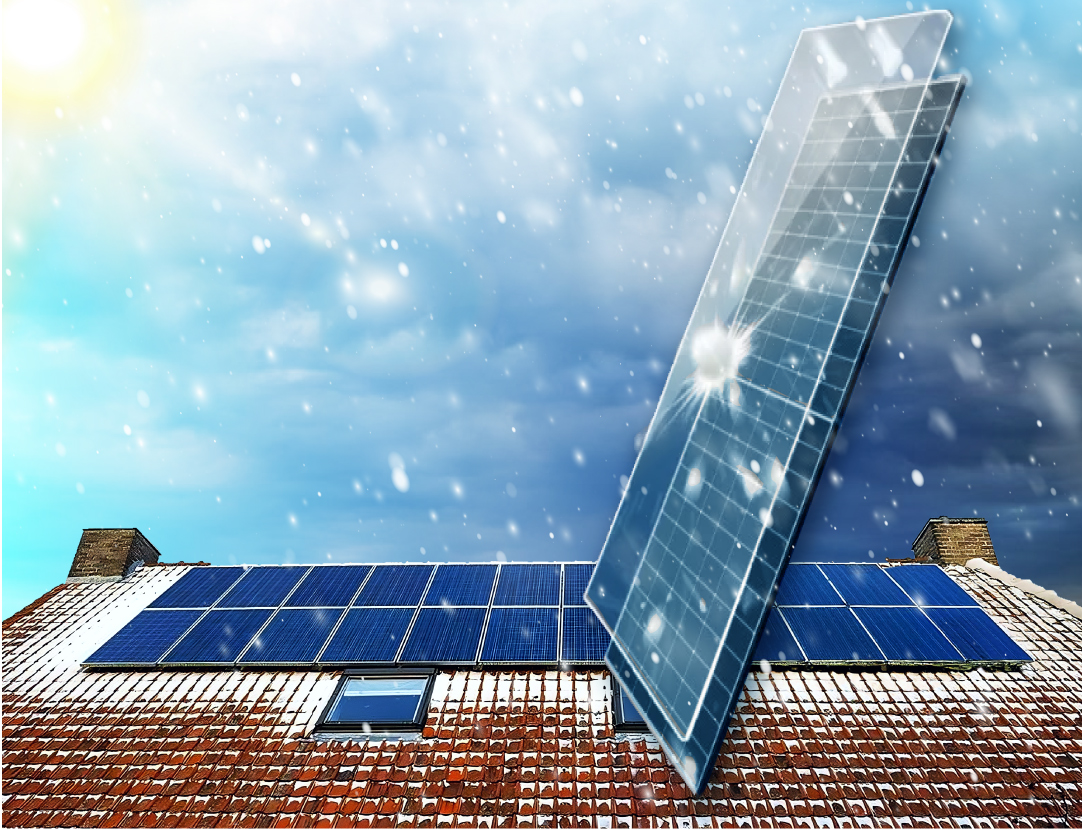Author: Mariela Guanchez
Canada’s solar boom Nova Scotia—that phrase, admittedly, sounds like a headline from the future. Yet, amazingly, the future is now. Firstly, panel costs have plunged more than 80 % since 2010; meanwhile, federal and provincial climate goals have shifted from policy papers to real‑world action. Consequently, homeowners from Victoria to Halifax are installing rooftop arrays faster than utilities can update their interactive maps. Accordingly, in this deep dive, you will discover why the national surge matters, how net‑metering still acts as a “virtual rebate,” and, most importantly, how you can lock in savings before the next round of rate hikes.

1 | Canada’s Solar Boom – Nova Scotia at a Glance
To begin, let’s set the scene. According to Natural Resources Canada, photovoltaic capacity leaped from 3 GW in 2015 to roughly 7 GW by 2024. Moreover, the Canadian Renewable Energy Association (CanREA) projects another 3 GW to enter service nationwide by 2026. Interestingly, while sunny Alberta and Ontario dominate utility‑scale projects, residential demand in Atlantic Canada is surging as well.
Region | 2015 Capacity | 2024 Capacity | CAGR |
Alberta | 240 MW | 2 900 MW | 32 % |
Ontario | 2 100 MW | 2 900 MW | 3 % |
Atlantic Canada | 25 MW | 230 MW | 28 % |
Source: CanREA 2024 Market Outlook
Why a National Boom Matters Locally
Secondly, as demand rises, scale economies push hardware prices even lower. Therefore, by piggybacking on Alberta’s massive solar farms, Nova Scotian homeowners indirectly gain access to cheaper JA Solar modules, inverters, and racking. Ultimately, national momentum translates into lower quotes right here in the Maritimes.
2 | Falling Prices Meet Stable Incentives
Admittedly, Efficiency NS’s SolarHomes rebate sunset early 2025. However, two pillars remain:
- Greener Homes 0 % Loan—Up to $40 000 interest‑free over 10 years. As a result, you avoid $7 000+ in financing charges compared with a bank loan at 7 %.
- Net‑Metering Credits—Full retail rate (≈ $0.18/kWh) for every surplus kilowatt‑hour exported. In contrast to feed‑in tariffs elsewhere, this one‑to‑one swap behaves like a monthly rebate without paperwork.
Furthermore, several municipalities still offer PACE property‑tax financing. For example, homeowners in Bridgewater rolled the post‑rebate balance into a 10‑year PACE, paying it off via their annual tax bill. Consequently, they avoided bank debt altogether.
Transition Win: Because the Greener Homes portal requires only a basic energy audit and proof of installation, approval times often land under 30 days. Therefore, you can schedule installation for early summer and start banking credits before the first frost.
3 | How Nova Scotians Turn National Momentum into Personal Savings
3.1 Do the Simple Math
Firstly, pull your last 12 months of power bills. Next, add future loads—perhaps a heat pump or an EV. Then, divide the projected annual kWh by 1 150 (typical output per kW in Halifax). As a result, you get a ball‑park system size.
For instance, a household using 8 400 kWh/year would target roughly 7.3 kW. Multiply that by today’s installed cost (~$3.00/W) and you land at $22 000. Subtract nothing for the old rebate—yes—but finance $22 000 at 0 % and the payment is ~$183/month. Meanwhile, net‑metering could chop the power bill from $150 to $25. Consequently, net cash flow is about $−8/month year one, flipping to +$125/month once the loan ends.
3.2 Leverage Cold‑Weather Efficiency
Surprisingly, panels operate more efficiently in crisp Maritime air than in blazing Prairie heat. In fact, JA Solar’s DeepBlue 4.0 modules gain 0.04 % efficiency for every °C drop below 25 °C. Therefore, bright winter days—notwithstanding snow—deliver respectable production. Moreover, as snow slides off the slick glass, it cleans the surface, boosting output further.
3.3 Combine with Future‑Proofed Hardware
Additionally, Nova Scotian installers now standardize on high‑wind racking (225 km/h) and salt‑fog‑resistant frames. Consequently, even coastal homes in Lunenburg see 25‑year warranties honoured without corrosion claims.
4 | Internal Case Studies
Halifax Bungalow (2024 Install)
- Size: 6.5 kW JA Solar array
- Cost: $19 500 financed via Greener Homes loan
- Bill Before: $160/month
- Bill After: $22/month standby fee
Outcome: Break‑even projected at year 9; moreover, cumulative 25‑year savings ≈ $37 000 (assuming 3 % rate inflation).
Cape Breton Dairy Farm (2023 Ground Mount)
- Size: 100 kW (three 33 kW strings) with Solis inverters
- Financing: 50 % capital grant from the federal Agricultural Clean Technology Program plus low‑interest FCC loan
Outcome: Offset 55 % of barn and refrigeration loads; similarly, gained marketing edge by branding milk as “powered by the sun.”
5 | Common Misconceptions—And the Reality
Myth | Reality |
“Nova Scotia is too cloudy” | Germany has fewer sunny hours yet leads Europe in residential solar. Moreover, net‑metering evens out overcast days. |
“Panels blow off in storms” | Proper racking is tested to 225 km/h—stronger than most roof shingles. |
“Without rebates, ROI is dead” | Conversely, falling hardware prices, 0 % financing, and net‑metering still deliver 8‑12 yr payback. |
6 | Put the Boom to Work for Your Home
Overall, Canada’s solar boom is not just a western‑prairie story; rather, it is a nationwide shift rewriting the economics of home energy. Indeed, by capitalizing on federal loans, by exporting summer surplus, and by selecting bankable gear, Nova Scotians lock in savings for decades.
Next Steps:
- Check your roof—shade, angle, age.
- Book a free audit—needed for the loan.
- Compare quotes—aim for $2.80–$3.30/W turnkey.
- Apply early—loan funds replenish monthly; therefore, avoid wait‑lists.
For deeper strategy, read Unlock Massive Solar ROI Nova Scotia and Install Solar Panels in Nova Scotia. Meanwhile, if winter worries you, explore Winter Solar in Nova Scotia to see how snow really impacts output.
Ultimately, the boom is real, the sun is free, and your roof is ready. Get a tailored solar quote today » and ride Canada’s solar wave to decade‑long savings.



